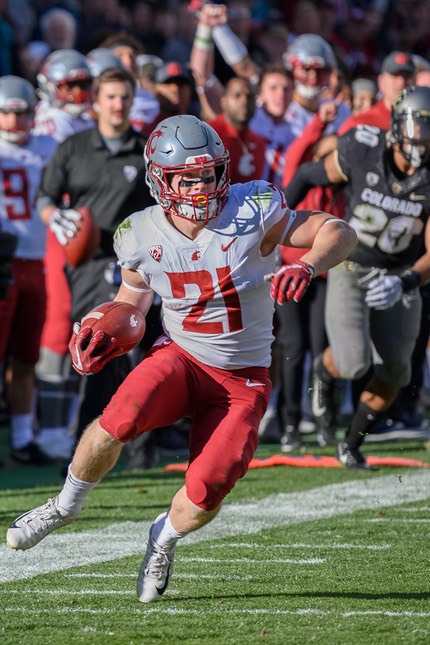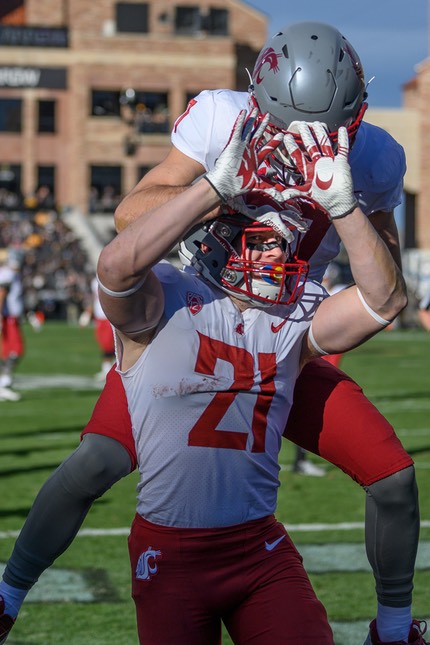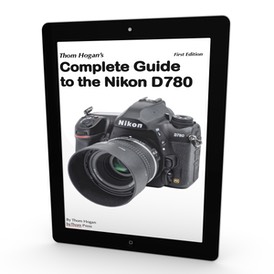No sooner had Nikon pre-announced the new 120-300mm f/2.8 lens I started getting the questions about whether we need this lens or not.
Of course, part of that is driven by the fact that we already have such a lens, from Sigma. But several of the questioners were seriously questioning the "tweener" focal range.
Lens focal length is not really a good way to judge lens differences. What you really want to look at is the angle of view and the capture rectangle at the distances you'd use the lens. So let's do that. First, the angle of view:
- 70-200mm = 29 to 10°
- 120-300mm = 17 to 7°
- 180-400mm = 11 to 5°
Those degrees are all the horizontal FX frame coverage.
More to the point, though, the question is about what you can capture when you are position constrained, which you often are in sports photography. Sports users being one of the primary buyers of the longer than 200mm lenses.
Let's consider that I'm in the end zone and the line of scrimmage is the 10 yard line. I'm 60'+ away from the quarterback, I'm 30' away from the successful play's finish (goal line). What do I get at the long end of each lens at each of those distances?
- 200mm and 60': 7' high, 10.75' wide (rounded numbers)
- 300mm and 60': 4.75' high, 7' wide
- 400mm and 60': 3.5' high, 5.5' wide
- 70mm and 30': 10.25' high, 15.5' wide
- 120mm and 30': 6' high, 9' wide
- 180mm and 30': 4' high, 6' wide

Above is what you get when a player is at the 10-yard line with the right lens. And the following is what happens immediately after that player scores and comes right in your face (which is why we have multiple cameras with multiple zooms hanging from our necks):

Even if I turn the camera vertically as I did above, 180mm is too much lens on a score, while the 70-200mm and 120-300mm give me different ranges to consider (the 70-200mm is better if I'm concentrating on the score, the 120-300mm better if I'm concentrating on the start of the play).
Thing is, every shooting position for every sport has a different set of calculations. I'm all for having more flexibility in lens choice, because it opens up additional shooting possibilities.
Indeed, there's at least one missing lens even with the new 120-300mm in the mix! We sports photographers probably all would like to see a 35-135mm f/2 (or f/2.8), as well. That's doubly true if you shoot with a D500 or other DX crop camera. Since you're probably wondering, here's the comparable stats on such a lens:
- 35-135mm: 54 to 15°
- 135mm and 60': 10.75' high by 16' wide
- 35mm and 30': 20.5' high by 30.75' wide
Note how the narrow angle about doubles from the 180-400mm versus 70-200mm, and does the same thing for the 120-300mm versus 35-135mm. The wide side does more than double with each of those pairings. That's about right, in my book.
Personally, I'm glad to see Nikon doing "zoom overlap". Of course, now I want it in the Z mount, too ;~).





